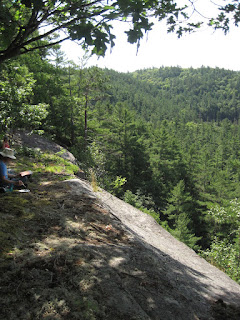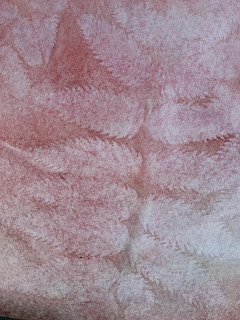While listening to the singing during my sister's choir concert earlier this month, it was the harmony of voices that captured my attention the most: the blending of the 45 or so Tenor, Bass, Alto and Sopranos, accompanied by a pianist and, at times, by a young cellist. The cello added a richness to the music, an element I didn't realize was missing until I heard the passion of its tones.
Together these added up to some powerful expressions, seemingly so simple when combined, yet very dynamic, creating music that resonated with me, touching my soul, allowing me to be focused on the present moment.
If only were that easy to create harmony in our visual art. Yet I know this choir spent a few months learning the pieces and practicing for their concert. And they perhaps struggled at times, just as visual artists do with our compositions. Sometimes creating art comes together quickly, other times it can take months before it's ready to present to the world.
I realized during the performance that I had gotten away from playing music while I create my fibre art. And yet the playing of music can be an instrument to help us express our vision. It adds to our concentration, and stimulates both the left and right hemispheres of the brain. It has the power to enhance our creative practice.
This was a topic I researched while pursuing a certificate in the expressive arts therapies several years back.
The style of music we play is what matters when we are creating. Rock music, for example, stirs up passions and energy which could be reflected in our art through striking colour, large brush strokes, or strong contrasts. Salsa encourages movement and dance in our creations, impressionistic music invites a free-flow style, drumming can lead us to mimic the rhythm and repetition, while big band music and country can stir up memories which we then reflect in our art. Music without vocals is best so we are not distracted by the lyrics.
Below is a sample of just one playlist I like to listen to while working on my art, intended to enhance creativity by focusing on right brain activities.
Music has the ability to relax the mind, leaving us open to visual expressions and focus. It enhances our self-expression, our capacity to learn, and helps us clarify thoughts and feelings. Google The Mozart Effect if you'd like more information and to find out more about studies that have been done about music and creativity.
In the meantime, I'd love to hear what music you listen to and find enhances your creative practice.
Related Posts:
Sketching Hands through Stitch
Music (and Harry Potter Magic) to Enhance Creativity

























































